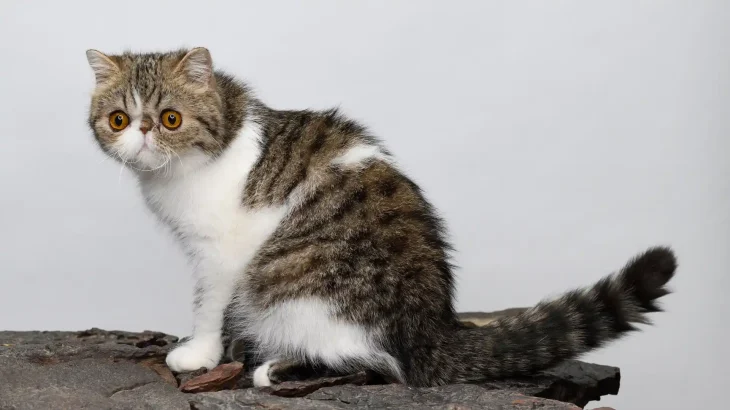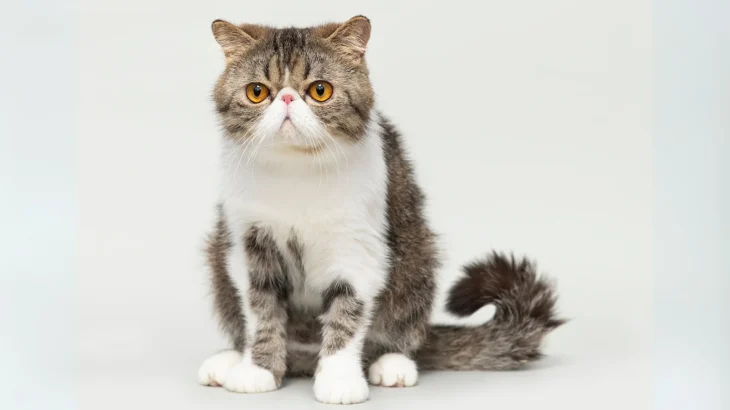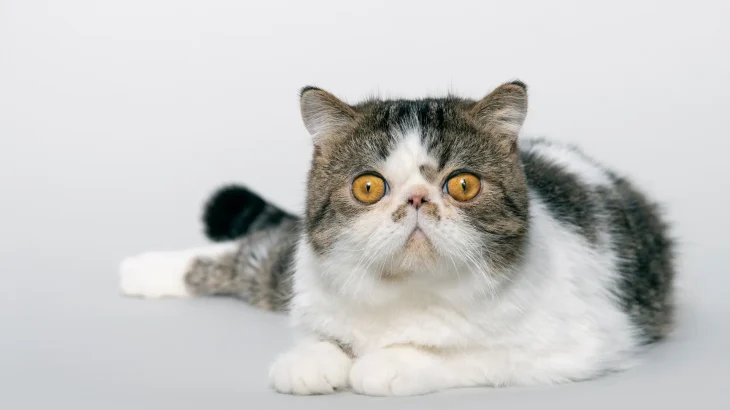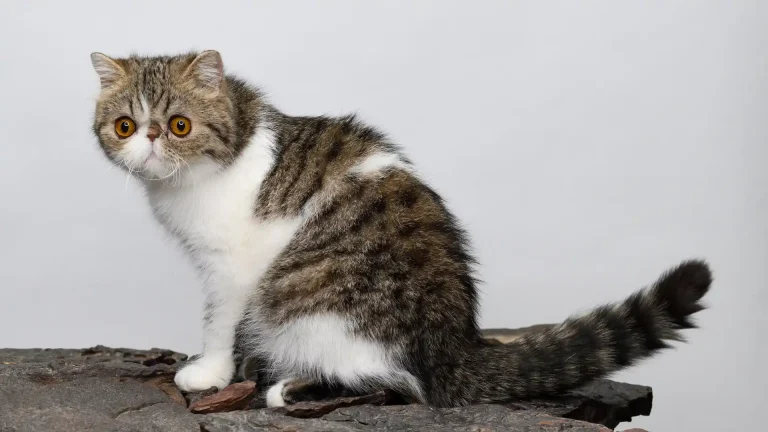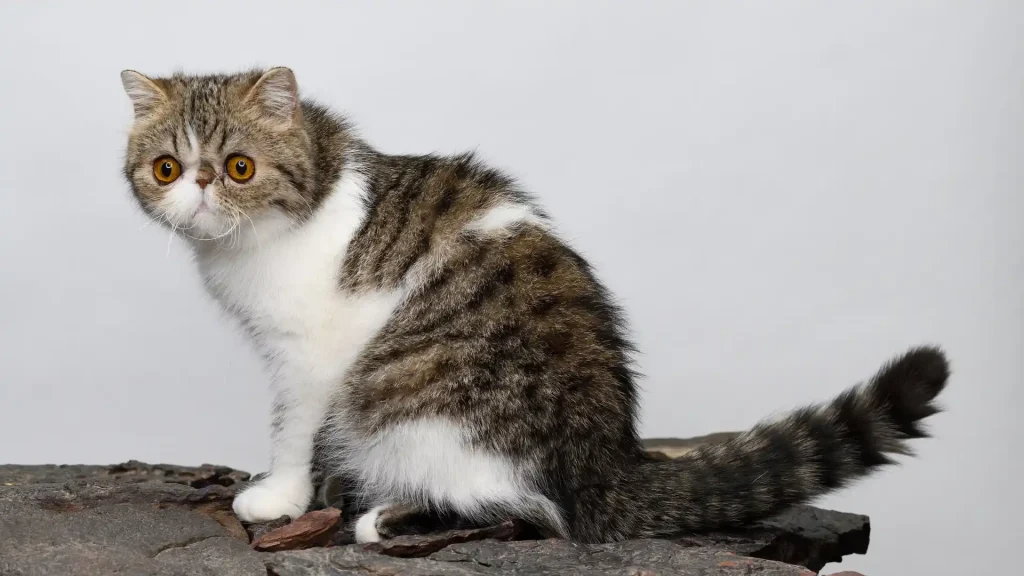Deciding whether to adopt or purchase an Exotic Shorthair kitten depends largely on your preferences for health history clarity and ethical considerations. Purchasing from a breeder often offers insight into the cat's pedigree and genetic traits, while adoption can give a loving home to a cat in need, potentially including adult cats beyond the typical kitten stage.
Adoption vs. Breeder: Pros & Cons
| Criteria | Buying from Breeder | Adopting from Shelter/Rescue |
|---|---|---|
| Cost | Generally higher, reflecting purebred quality and breeding costs. | Lower fees, often covering vaccinations and spay/neuter procedures. |
| Health History | Comprehensive health records and genetic screenings usually available. | Health background may be limited; shelters provide basic health assessments. |
| Age Availability | Primarily young kittens, allowing bonding from an early age. | Wide age range including kittens, adults, and seniors. |
| Temperament Insight | Breeders often share information on lineage temperament traits. | Shelter staff provide behavior observations but full history might be unknown. |
| Supporting Practices | Contributes to breed preservation when choosing ethical breeders. | Supports animal welfare by rescuing cats needing homes. |
| Risk of Genetic Disorders | Lower risk with responsible breeders' genetic screening. | Risk varies and is less predictable due to unknown backgrounds. |

